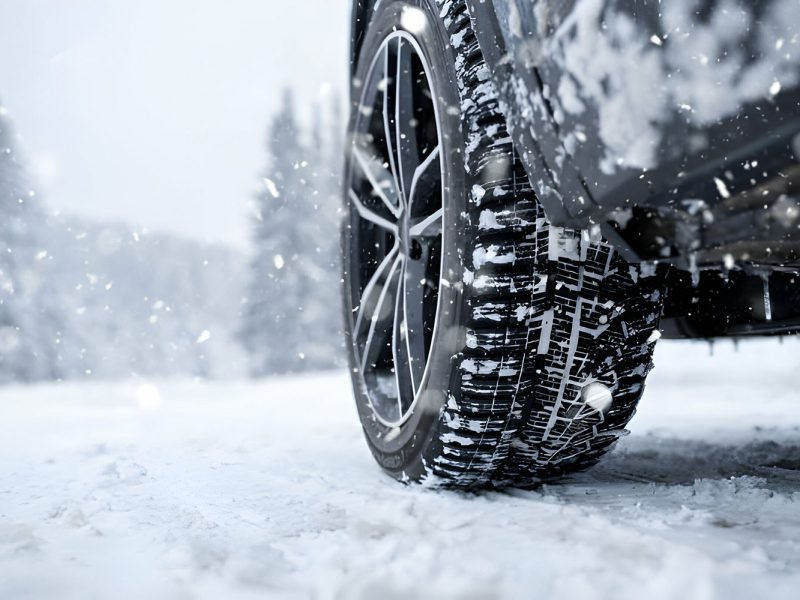The arrival of the winter season signals the beginning of the road trip season. While traveling with your family is a wonderful opportunity to see the nation and rekindle old friendships, you also want to make sure that you are abiding by Texas Booster Seat Laws 2023 regarding car seats and keeping your children safe.
According to statistics, car seats save the lives of about 325 children under the age of five every year in the United States. To help safeguard their children in the event of a car accident, parents in Texas should be informed of the regulations and criteria around car seats.
Car Seat: Texas Booster Seat Laws
Texas’s legislation regarding car seats remained the same in 2022 and 2023. But don’t assume that just because you were compliant last year, you are this year as well. Children grow quickly, and when they get bigger or heavier, their car seat needs to be adjusted.
Your car seat should not always remain the same just because the law doesn’t change. The following Texas laws about the use of car seats are shared by Safe Kids Worldwide:
- Every child who is seven years old or younger, or who is shorter than 57 inches, needs to be in a car seat (also known as a child restraint) that is suitable for their size and weight. Your car’s seat belts are accessible to a child who surpasses these restrictions.
- In Texas, both the front and rear seats are subject to seat belt legislation.
All children who meet the aforementioned standards are required by the Texas Department of Transportation to always ride in a car or other type of vehicle with a kid’s safety seat buckled up.
Older kids who have outgrown their booster seat’s weight or height restriction need to be securely fastened with seat belts. Your youngster must wear a seat belt in the back seat until they are thirteen if they reach the required height or turn eight. They can then take a seat in the front seat, belted up.
At What Age Can Kids Sit In The Front Seat Of A Car In Texas?
Texas has laws governing when kids may ride in the front seat of a car depending on factors including age, weight, and height, with the main goal being safety.
According to local rules, children under the age of eight must be buckled up in a child passenger safety seat system unless their height is greater than 4 feet 9 inches. According to Texas’s car seat regulations, there are no clear age requirements for sitting in the front.
It’s crucial to remember that although Texas’s car seat law is vague about when a child may use the front seat, it’s typically advised to keep them in the passenger seat until they’re at least 13 years old.
More security is provided by the backseat, especially in cases of accidents where the airbags are activated.
In the end, a child’s maturity level and capacity to follow safety guidelines while riding in a car, as advised by experts, should be taken into consideration when determining whether they are old enough or how big they are, rather than just their physical attributes. When driving with children, their safety must always come first.
Keeping Your Kids Safe and Choosing the Best Car Seat
Federally certified car seats have undergone crash testing and received specific safety certifications. It is crucial to know how to securely belt your children into your automobile because several states have more stringent legislation than Texas regarding child safety seats.
The following safety advice, provided by Safe Kids Worldwide, can assist you in doing precisely that:
- Until the baby reaches one year of age or weighs more than twenty to twenty-two pounds, begin with a rear-facing seat. Rear-facing seats are advised by the Texas Department of Safety until the child outgrows the harness limits.
- Make the switch to a forward-facing seat, and toddlers or young children should stay in this position until their weight surpasses the 40–65-pound harness limit.
- Younger than eight years old or shorter than 4’9” should utilize a booster seat.
For optimal protection, parents should make sure that every kind of seat base is correctly mounted in the car. The Texas Department of Transportation (TxDOT) offers car seat installation inspections upon request from parents.
Height And Weight Requirements For Sitting In The Front Seat
It takes more than just knowing the weight and height restrictions for the front seat of a car to decide whether a youngster should be riding in Texas booster seat law. It is also essential to take other safety standards into account. There is no set age to sin in the front seat, in Texas, as was previously mentioned.
Generally speaking, though, kids are recommended to ride in the back seat until they turn thirteen. When it comes to height or weight considerations, safety experts advise that a youngster should weigh no less than 80 pounds and be at least 4 feet 9 inches tall before using the front seat without a booster seat.
In order to prevent any personal injuries, it is advised that parents make sure their child is tall enough for the seatbelt to fit properly and that they are protected by the airbags and other safety features in the vehicle.
The height and weight parameters shown above are only suggestions; they could vary based on a child’s unique development and situation.
Parents must carefully consider a variety of aspects while making judgments about their children’s safety, including the child’s size, maturity, and other characteristics. Along with local rules, they should heed the recommendations of safety experts.
Child Injuries Still Happen
Children can still get injured in auto accidents even when parents take every precaution to keep their kids safe. Take your child to the emergency department as soon as possible if they appear to be in pain, have visible injuries, or have struck their head in an accident.
Obtaining an early diagnosis is crucial for your child’s well-being as well as for potential future injury claims.
Speak with a car accident lawyer about your options if your child was injured in an accident where someone else was at fault.
We can assess if you have a claim and support you in pursuing compensation for the harm done to your kid and the monetary losses suffered by your family.
Injuries Can Affect Children Differently
Children are frequently more vulnerable in a vehicle accident since they are smaller and weigh less. Serious traumatic injuries from a collision may have an influence on them differently than on adults.
For instance, in order to ensure that a child’s broken bone heals properly, they may need to consult a pediatric specialist. A youngster may need one or more procedures to fix the issue if they break a growth plate.
A growth plate fracture might result in a shortened limb or other abnormalities even after therapy. Concussions and other traumatic brain injuries (TBIs) are possible outcomes for children who are struck in the head in auto accidents.
Not only are young children more likely than adults to sustain a concussion, but the consequences of such an injury can also be more severe. Children’s brains are still developing, thus any harm to the brain tissue might result in long-term alterations to their:
- Mental faculties
- Temperament and personality
- Bodily synchronization
- Sensational capacities
If a youngster sustains a brain injury in an automobile accident, their entire course in life may be drastically changed. A kid may sustain injuries to their chest cavity if they are not securely fastened.
These injuries may result in internal organ damage or fractures to the child’s fragile bones. Children who have severely damaged organs frequently experience difficulties in recuperating; they may not recover at all.
Your Rights if Your Child Suffers Injuries
You may be responsible for further losses and medical expenses if your child sustains injuries in an automobile accident. They might struggle academically or athletically, and suffer from long-term deficits, pain, and misery, among other things.
In addition to receiving financial assistance for your child’s injury-related costs, as a parent you also desire justice for what your child went through.
You can file a claim with the driver’s insurance carrier for your child’s losses if you were not at fault for the accident. Among the behaviors that may make you accountable for your child’s injury are:
- Driving while distracted
- DUI or drugged-out driving
- Accelerating
- Executing red light runs
- Refusing to give in
- Reckless driving
- Driving when sleepy or passing out at the wheel
- Breaking additional traffic laws
When a kid is hurt, the insurance provider will consider whether the youngster was properly restrained according to the Texas booster seat law on car seats.
If so, the injury claim procedure shouldn’t be impacted in any way by their vehicle or booster seat. On the other hand, the insurance provider may attempt to lower or reject your claim if your car seat does not meet 2023 regulations. Speak with a vehicle accident lawyer about these matters right away.













